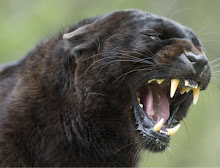Monday, June 29, 2009
Saturday, June 27, 2009
Wednesday, June 24, 2009
Monday, June 22, 2009
Thursday, June 18, 2009
Monday, June 15, 2009
Thursday, June 11, 2009
Monday, June 8, 2009
Friday, June 5, 2009
Monday, June 1, 2009
Subscribe to:
Comments (Atom)

